Bac Giang promotes lychee consumption via 80 televised locations
Of the televised locations, there were 13 in foreign countries including China, Japan, Australia, Singapore, Thailand, and the United Arab Emirates (UAE).
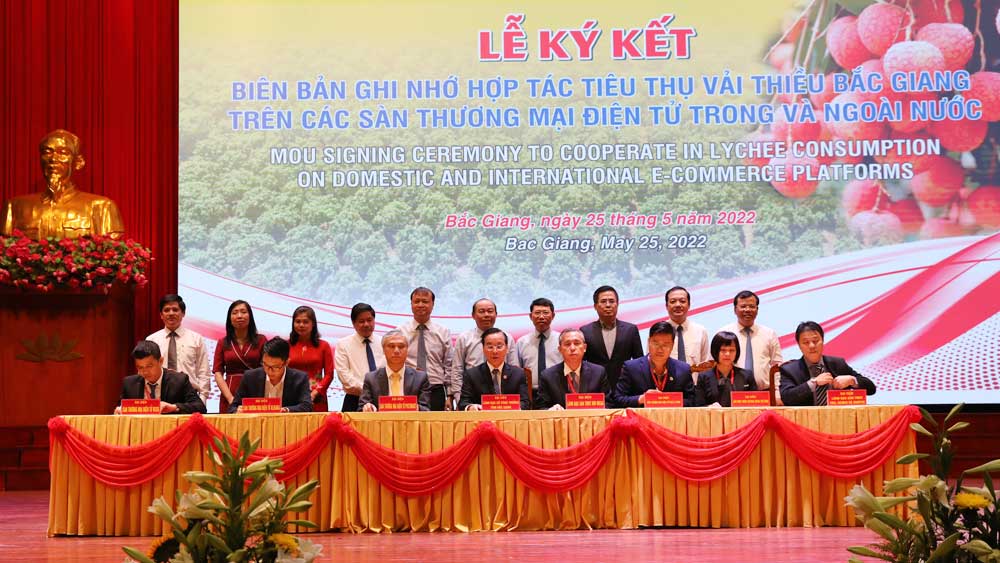 |
|
Delegates signed a memorandum of understanding on cooperation in selling Bac Giang lychees on e-commerce platforms. |
Speaking at the event, Vice Chairman of the provincial People's Committee Phan The Tuan said that this year, thanks to the favorable weather, along with good care and strict control of the growing areas, the province has seen the highest ever lychee quality, with an estimated output of 180,000 tonnes.
Bac Giang attaches importance to all markets, he said, adding the provincial People's Committee soon issued a plan to promote lychee consumption so that sectors and localities can be proactive in production, trade promotion, and consumption connection.
On this occasion, Bac Giang province asked the Ministry of Agriculture and Rural Development to continue to support and guide Bac Giang province in the production and processing of agricultural products, especially lychee, to meet the regulations of foreign markets.
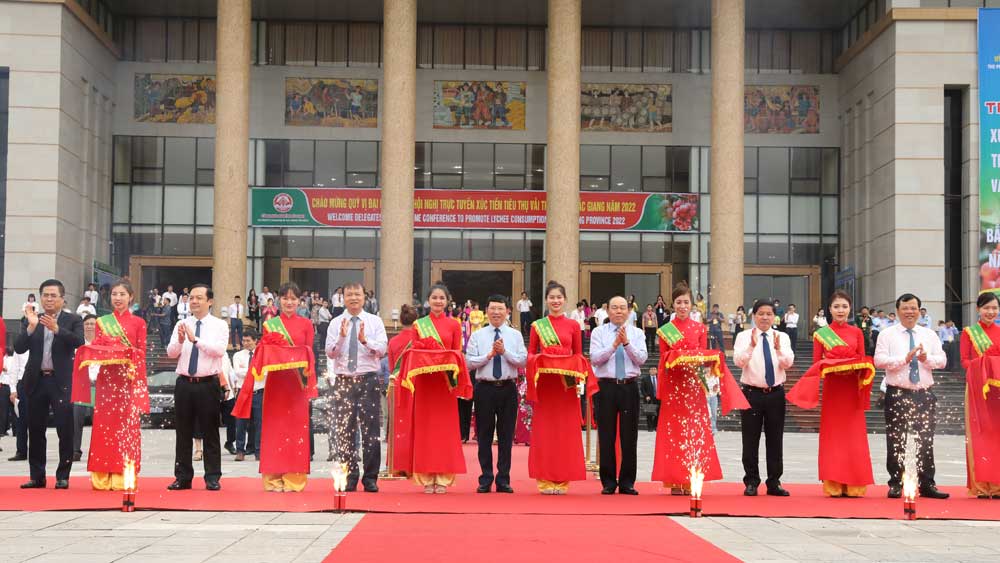 |
|
Delegates cut the ribbon to launch the first lychee shipments for consumption in domestic and foreign markets. |
He urged the Ministry of Industry and Trade to help with introducing and bringing domestic and foreign lychee export and import enterprises and traders to Bac Giang province to study, cooperate and buy fresh lychees and products processed from them. Ministries and central agencies were asked to assist Bac Giang province in applying lychee drying and processing technology; create favorable conditions for businesses and traders with demand for air transportation to other markets in the world...
Bac Giang province wishes that the embassies, trade counselors, trade offices of Vietnam in China, Japan, Australia, Singapore, Thailand and the UAE will have orientations to help the province in promotion activities in order to boost the lychee exports to the countries’ markets.
Grasping the situation of lychee production and consumption in Bac Giang, delegates focused on discussing the customs clearance of agricultural products through border gates; putting agricultural products on sale at supermarkets; selling methods on e-commerce floors and online platforms; connecting overseas Vietnamese enterprises to join hands in selling lychees in Bac Giang; and preparing conditions for products to meet the requirements of each market.
According to Nguyen Phi Thoan, CEO of JV Solutions Company in Japan, with advantages in sweetness and aroma, the lychee of Bac Giang in particular and Vietnam in general holds a competitive edge over products of the same kind of many other countries. Lychee is the most anticipated fruit every summer in Japan. Therefore, 2-3 months ago, importers made plans to import the product and offer the first shipments for sale.
A representative of the Department of Commerce of Guangxi province (China) said that through the teleconference, consumers and traders had a better understanding of Bac Giang lychee. In order to avoid congestion and ensure cross-border trade supply chain, in the coming time, the two sides will continue to cooperate to promote trade.
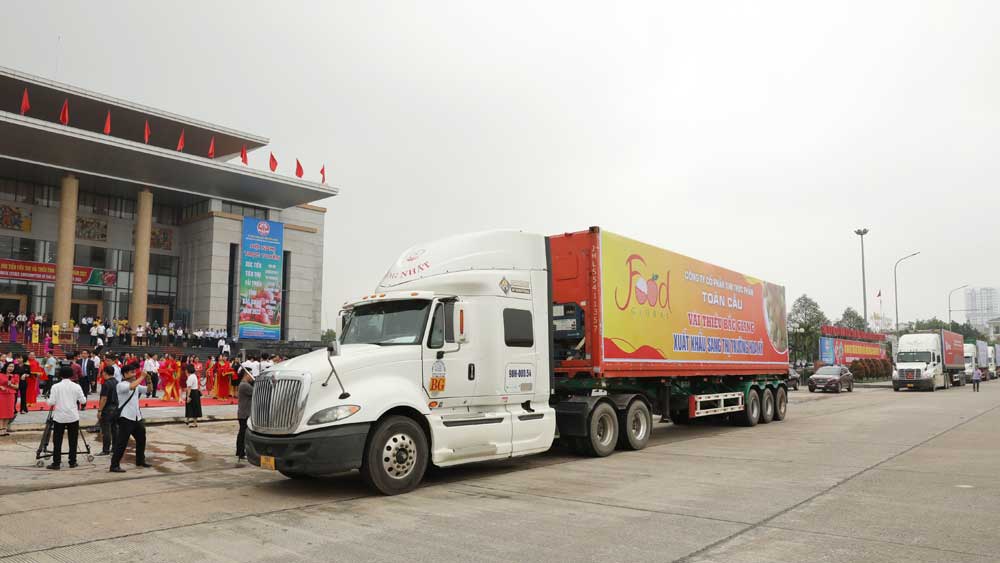 |
|
Trucks depart to bring lychees for consumption. |
Concluding the event, Chairman of the provincial People's Committee Le Anh Duong stressed that in 2021, in the context of being the Covid-19 epidemic center of the country, Bac Giang province still had a successful lychee crop, with favorable domestic sales and exports to more than 30 countries. Promoting the results achieved, in this year's lychee crop, in addition to paying special attention to quality, the province has carefully prepared conditions to ensure security, order and safety for traders and businesses coming to Bac Giang province to purchase lychees.
Within the framework of the teleconference, delegates signed a memorandum of understanding on cooperation in selling Bac Giang lychees on e-commerce platforms, and cut the ribbon to launch the first lychee shipments for consumption at domestic and foreign markets.
 Bắc giang
Bắc giang






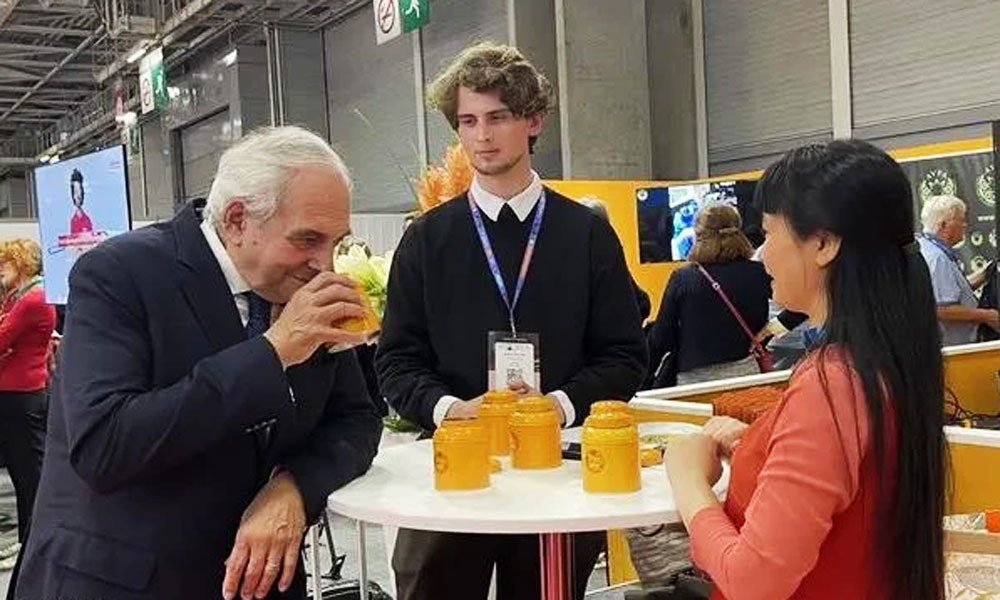
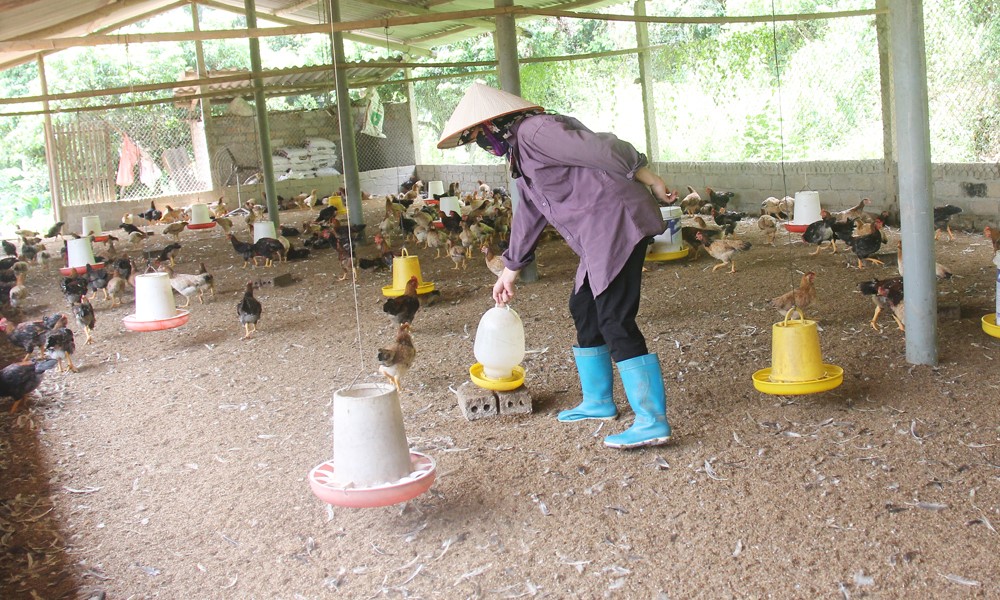







Reader's comments (0)